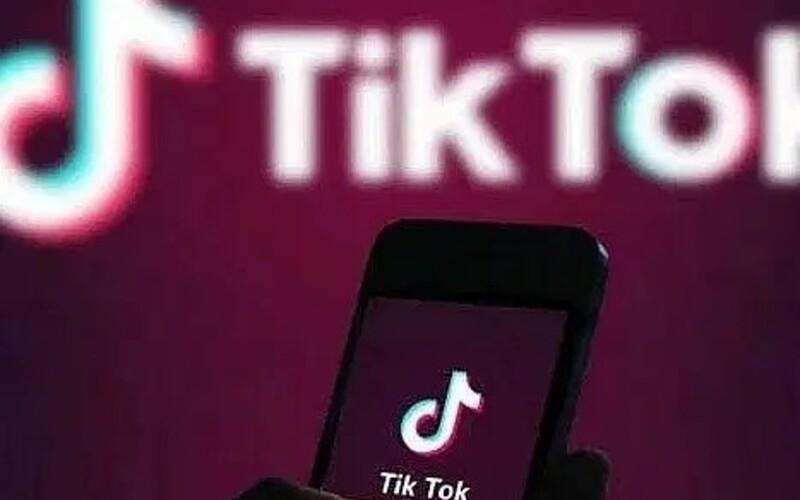Recently, Elon Musk’s company SpaceX announced the use of Starlink’s network on smartphones. The company is currently providing wireless internet services in various countries by sending satellites to low Earth orbit. This time, SpaceX is going to launch phone calls, text messaging and mobile internet services in addition to broadband internet. The company has already started discussions with mobile operator companies in various countries on this issue.
On Monday, October 25, SpaceX sent 12 more special satellites called ‘Direct to Cell’ into orbit. As a result, the total number of such satellites in orbit is now 320. According to Starlink, they are ready to provide direct phone calls to the world. That is why they have announced to provide customer-level services.
Last month, the company activated the satellites to provide free text messaging services in hurricane-hit areas in the United States. Earlier, SpaceX completed various tests with the technology. They successfully completed everything.
Many technologists feared that Starlink’s radio waves could cause problems with existing communication waves on Earth. However, Elon Musk’s company has said that this idea is not correct. In their experiments conducted for more than two months, there was no complaint or evidence of any wave interference.
No additional device or application will be required to get this benefit of Starlink. This service can be accessed by connecting to the satellite directly from the phone. As a result, in remote areas, where mobile networks are not available, a smartphone can be connected to Starlink’s direct-to-cell satellite. Phone calls, texts and internet use can be made.
The US-based mobile network service provider recently spoke with the CEO of T-Mobile about Starlink’s direct-to-cell project. T-Mobile’s CEO is said to be running a beta program for this feature of Starlink by the end of this year or early next year.
Starlink currently has more than 7,000 artificial satellites around the world. Of these, all but 320 are used for broadband internet. However, the company plans to significantly increase the number of ‘direct-to-cell’ satellites.
Starlink’s navigation sensors provide broadband services by considering the position and altitude of each satellite. Starlink uses optical space lasers. Each Starlink satellite has three space lasers (optical intersatellite links or ISLS). Up to 200 gigabits of data can be sent through this laser. Starlink uses five advanced Ku-band phased array antennas and three dual-band (Ka-band and E-band) antennas on the satellite to provide higher bandwidth connections to customers.





